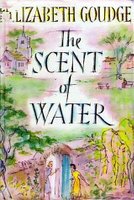Title: The Legend of Zelda: Hyrule Historia
Authors: Patrick Thorpe, Various Artists, Translators, and Others
Date Added: October 30, 2016
Date Started: April 11, 2017
Date Finished: June 4, 2017
Reading Duration: 54 days
Genre: Art, Reference
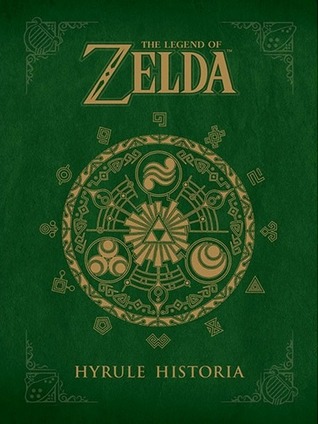
Pages: 274
Publication Date: January 16, 2013
Publisher: Dark Horse Books
Media: Hardback
Dark Horse Books and Nintendo team up to bring you The Legend of Zelda: Hyrule Historia, containing an unparalleled collection of historical information on The Legend of Zelda franchise. This handsome hardcover contains never-before-seen concept art, the full history of Hyrule, the official chronology of the games, and much more! Starting with an insightful introduction by the legendary producer and video-game designer of Donkey Kong, Mario, and The Legend of Zelda, Shigeru Miyamoto, this book is crammed full of information about the storied history of Link’s adventures from the creators themselves! As a bonus, The Legend of Zelda: Hyrule Historia includes an exclusive comic by the foremost creator of The Legend of Zelda manga – Akira Himekawa!
I would recommend this book too Zelda lovers both young and old. It not only has amazing artwork, some of which is conceptual, never finding its way into any games, but it gives a well organized explanation of the quite confusing and convoluted timeline as well as background information on each game’s individual narrative and the overarching one of the Legend. For example, it confirmed that the loftwings introduced in Skyward Sword were indeed based on a real life bird, the shoebill.
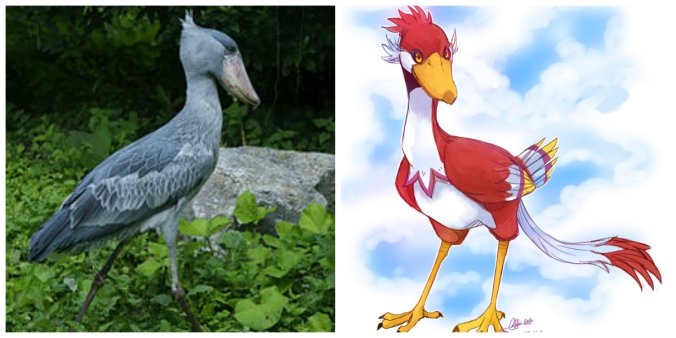
Loftwing (right) by Deviant Artist Rika-Wawa “TLOZ:SS – Loftwing”
The importance of these birds transcends the game they originated from for they are preserved for all time in the insignia on Link’s Hylian Shield.
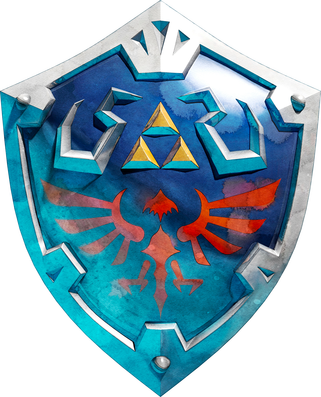
Legend of Zelda is the first game series I’ve ever seen with a contingency for the hero’s failure with Ocarina of Time as the appropriate turning point. If Link succeeds in defeating Ganon, Majora’s Mask is the continuation of the story, but if he is defeated that loss leads to Link to the Past in hopes he can save the future. There’s also the Child Link Timeline and the Adult Link Timeline, which begins in Ocarina as well. That game serves as a hub of convergence, which makes sense since it’s the first (in release, not chronological order) to feature the Temple of Time.
The series literally evokes legend in that while each iteration is connected to the other (and many fans point out that the timeline wasn’t planned from the start but rather was implemented once there were enough games to start drawing lines between in a process dubbed “retconning”), they also have different explanations for certain aspects and events. For example in Ocarina, Link wears green due to his connection with the Kokiri, but in Skyward Sword, the color is due to the uniform of the Knights, a random chance based on the particular class Link is in. Minish Cap explains the hero’s now famous hat, though the magician it contains stays silent in the other games.
There are of course nods to other Nintendo titles, as well as some potential symbolic references. For an example of the former, Talon and Ingo look remarkably like Mario and Luigi,
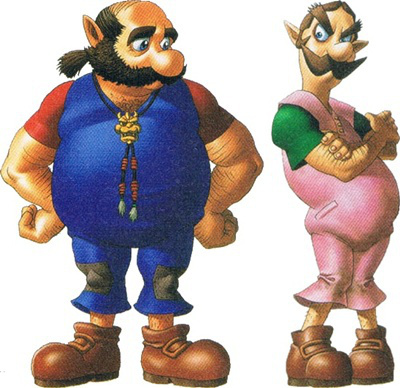
Though I’m certainly not the first person to point this out.
and for the latter, the Gallo-Roman goddess Epona was the protector of horses, ponies, donkeys, and mules, so the usage of her name is a nice nod to this mythos. Wind Waker invokes and subverts the idea of the Biblical flood, considering the king himself caused it in order to protect his people.
Finally, overarching, there is a definite idea of a trinity in Legend of Zelda with the three pieces of the Triforce in the possession of three disparate entities: Link, Zelda, and Ganon. Even though Power (Ganon) is a constantly corrupting force, Wisdom (Zelda) paired with Courage (Link) are always there to balance it out. It’s a cycle they seem fated to continue, which, while chaotic and troublesome for the heroes of the story, is good news for the fans who are more than willing to spend money and time on not only the games, but also delve into the history and art with books like this.
5 stars.
Save
Save
Save
Save
Share this:



